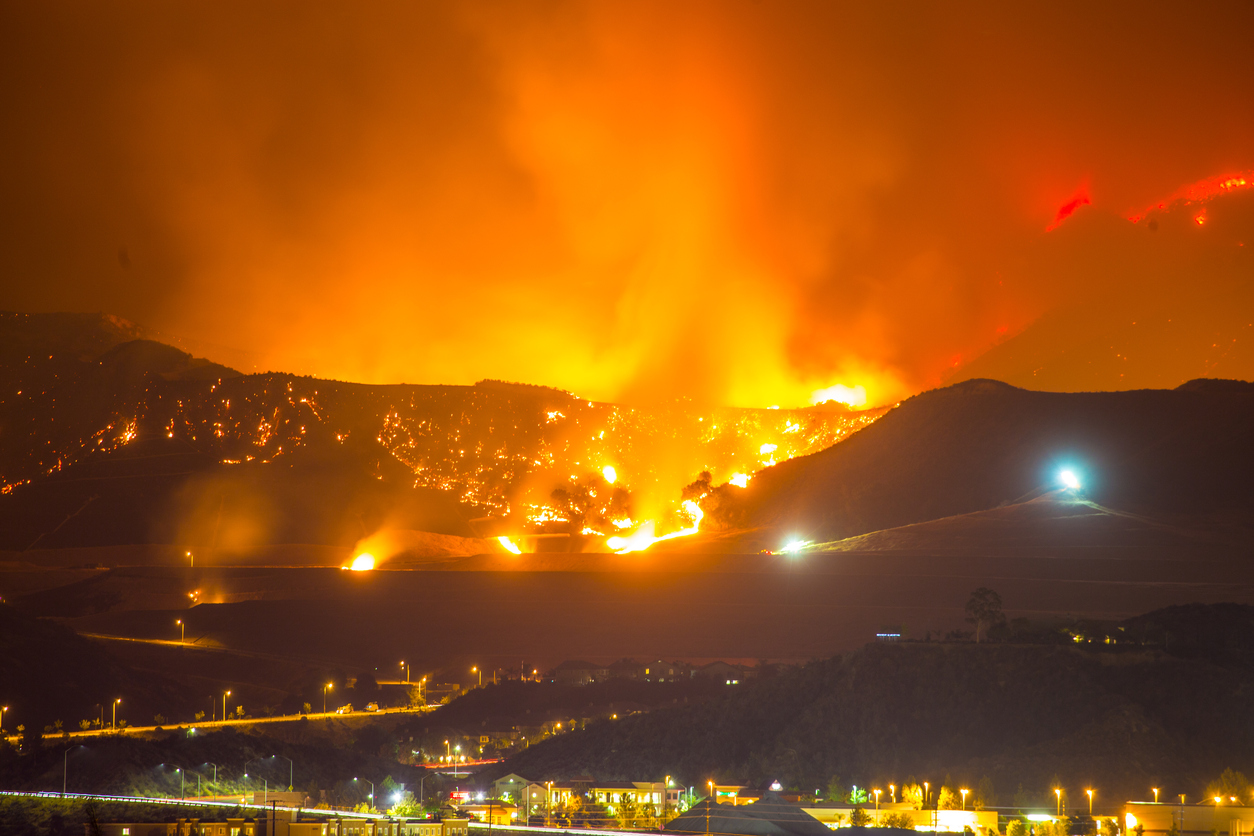The California Department of Insurance has received nearly 40,000 claims related to the Camp and Woolsey/Hill fires with a total of over $9.1 billion of incurred losses reported, as of Dec. 12. Approximately 92% of the claims relate to residential property policies as nearly 10,564 homes were completely destroyed in the fires with another 17,955 residential structures facing partial losses.
The most recent loss estimates for the November fires from catastrophe loss modelers AIR Worldwide and RMS place insured losses in a range of approximately $9 billion-$13 billion, with CoreLogic's estimate even higher at $15 billion-$19 billion. Fitch estimates that losses will likely reach the higher end of these estimates, based on individual public announcements that several companies have released.
A number of the largest property insurance writers in California have already pre-announced 4Q18 wildfire loss estimates and provided details on the significant amount of losses that have already been paid to policyholders and the recoveries that are expected from their reinsurance partners. To date, primary carrier net losses reported have tended to be relatively limited as reinsurance programs absorbed a considerable amount of the losses.
Reinsurance treaties with aggregate loss triggers are expected to be vulnerable to the November fire losses, following previous qualifying catastrophe events in 2018 that would have utilized some or all of their aggregate deductibles. However, gross losses from the Camp and Woolsey/Hill fires have also been large enough for certain insurers to recover losses from occurrence based catastrophe reinsurance layers, particularly those with lower attachment points.
Three companies in the top 10 of homeowners insurers in California reported both gross and net losses from the November wildfires, demonstrating the significant amount of losses that were ceded to their respective reinsurance structures. These insurers were Farmers Insurance Group ($159 million after-tax net as reported by the Insurance Journal on Dec. 5, 7.5% of $2.1 billion gross), Allstate Insurance Group ($670 million pre-tax net, 45% of $1.2 billion gross) and Mercury General ($37 million pre-tax net, 15% of $253 million gross).
While Allstate reported the largest absolute net of reinsurance loss estimate that has been disclosed to date, Fitch estimates the California wildfires would add only 2% to the company's full-year combined ratio based on full-year 2017 GAAP net earned premiums.
Exposure to November wildfire events led to the regulatory seizure of Merced Insurance Company, a small regionally concentrated homeowners insurer that the California DOI declared insolvent on Nov. 30 as the company's net incurred losses far exceeded its ability to pay claims from the fires. The company's loss experience from the fires demonstrates the risk of product and geographic concentration, particularly small companies with catastrophe exposure.
The ILS market will also experience losses from the fires. Collateralized reinsurers and ILS funds that participate on property reinsurance or retrocession agreements with cedants that were particularly exposed to the region represent the most likely source of losses to the market.
Cal Phoenix Re Ltd. the first ever wildfire specific catastrophe bond was sponsored by Pacific Gas and Electric Company (PG&E) in 2018, with a trigger based on third-party liability incurred losses for the utility. A number of lawsuits have been filed against PG&E in the aftermath of the fires and the catastrophe bond currently trades well below par on the potential for the company to be found liable for the fires.
Of the top 15 homeowners insurance writers in California, USAA Group and Nationwide Mutual both sponsor outstanding aggregate structure catastrophe bonds that include wildfire property risk as a covered peril. Each of the companies has seen catastrophe bonds in riskier layers of their reinsurance structure marked down below their par values in the secondary market in recent weeks, signifying the market expectation of potential losses, as reported by Artemis.
The timing of the losses in the fourth quarter is expected to impact ongoing Jan. 1 reinsurance renewal discussions for primary companies that transferred fire losses to their risk transfer partners. For some companies, 2018 represents the second year in a row that wildfire losses have hit reinsurance layers. When combined with the substantial third quarter catastrophe hits, the above average industry catastrophe losses in back to back years may provide momentum for rate increases and improved terms and conditions for reinsurers in 2019.













